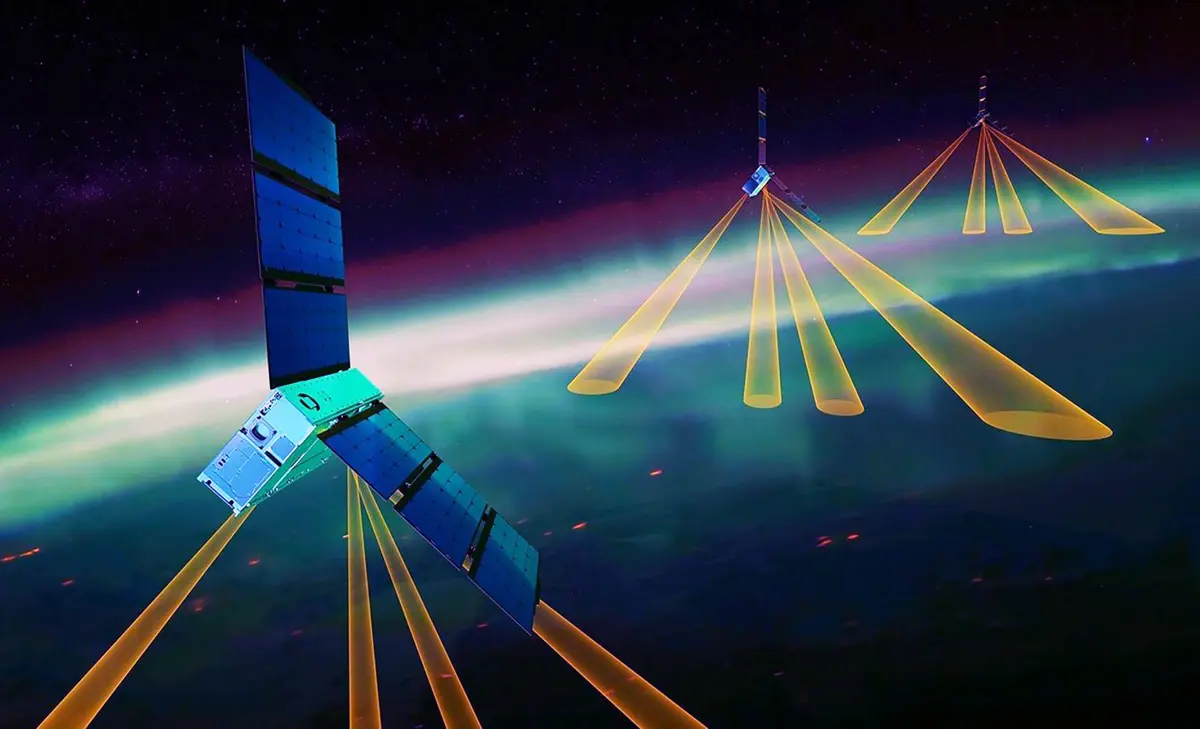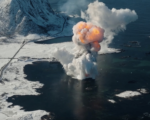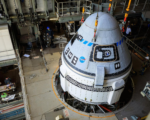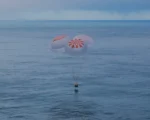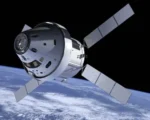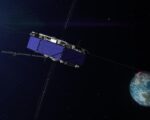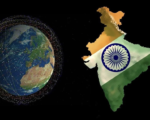NASA’s Electrojet Zeeman Imaging Explorer (EZIE) mission successfully launched from Vandenberg Space Force Base in California on March 14, 2025, aboard a SpaceX Falcon 9 rocket. This launch marks the beginning of a groundbreaking mission designed to study auroral electrojets—intense electrical currents that flow through Earth’s upper atmosphere, particularly in polar regions. The mission’s three small satellites were deployed into orbit shortly after launch, with signals confirming their proper deployment by 2 a.m. PDT on March 15. Over the next several days, the satellites will undergo testing to ensure they are fully operational before beginning their 18-month mission.
The primary goal of the EZIE mission is to map the auroral electrojets and better understand their role in space weather. These currents, which are closely tied to solar storms, have a direct impact on Earth’s magnetic field and auroras. They also influence satellite communications and operations. The EZIE satellites will fly in a unique “pearls-on-a-string” formation, orbiting between 260 and 370 miles above Earth. This innovative approach will allow researchers to track the currents more precisely, potentially improving forecasting of space weather events that affect modern technology. As Jared Leisner, Program Executive for EZIE, noted, small-scale missions like EZIE offer invaluable scientific insights despite the inherent risks, contributing to broader research on planetary magnetic fields beyond Earth.
In contrast to traditional propulsion systems, the EZIE satellites will rely on atmospheric drag to adjust their orbits. This method of orbit control is a departure from previous studies of auroral electrojets, which have typically used either large or small-scale observations. By employing this new technique, EZIE will offer fresh perspectives on how these electrical currents form and evolve over time, providing key insights into the dynamics of space weather. NASA’s Goddard Space Flight Center’s Larry Kepko emphasized how this approach will yield valuable data to further understand the complex magnetic interactions in Earth’s atmosphere and beyond.
To enhance public engagement and educational outreach, NASA is distributing EZIE-Mag magnetometer kits to students and science enthusiasts. These kits allow participants to collect data on Earth’s electrical currents, which will then be integrated with measurements taken by the EZIE satellites. This collaboration between space-based research and citizen science aims to deepen understanding of the planet’s electrical environment. The EZIE mission is managed by NASA’s Goddard Space Flight Center’s Explorers Program Office, with support from the Johns Hopkins Applied Physics Laboratory, Blue Canyon Technologies, and NASA’s Jet Propulsion Laboratory.


